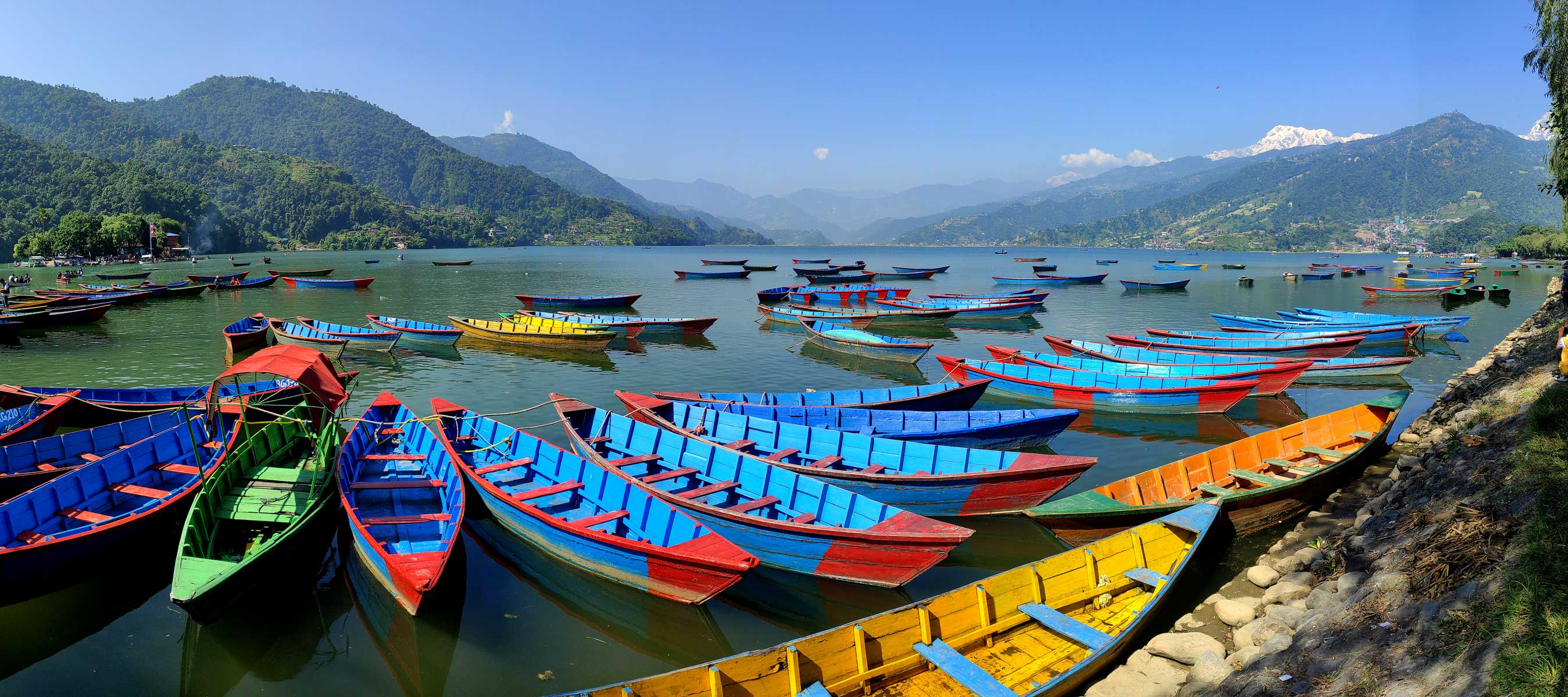
HISTORY OF NEPAL
With the passing of every new century, Kingdom of Nepal witnessed several rulers and dynasties play conductive roles in moulding Nepal to present day's trendy Nepal. Kirantis dominated Kingdom of Nepal from 9th century B.C. to first century A.D. Later Licchavis took over Kirantis from third to 13th century then were followed by Thakuris happiness to Malla family line. Then Shah Dynasty command the reign. King Prithvi Narayan Shahsovereign is entirely answerable for today's modern day Nepal for he's the one who united totally different kingdoms into one single nation in 1769. In 1846, the Kot massacre light emitting diode by Jung Bahadur Rana backseat the ability of monarchy and created Rana regime a lot of powerful.
In 1950 King Tribhuvan with the support from India repaired autocracy. A coalition government comprising the Nepali congress party and also the Ranas was thenceforth put in with the promise of free elections in 1952. In1960, King Mahendra, son of King Tribhuvan tactically established Panchayat system, that means 'five councils system', by engineering a coup, declaring a replacement constitution, imprisoning all the leaders of the then government and implementing a ban on all political activities. People's movement of 1990 spread out a replacement chapter for a decade of democracy in Kingdom of Nepal that light emitting diode to multiparty democracy with constitutional autocracy. Democracy came with significant worth resulting to incompetent political leaders, political conflicts, Maoist revolt, corruptions and downfall in national financial system. Royal family massacre that occurred in 2001 left whole world in complete shock. King Gynendra was topped Nepal's king once his brother, King Birendra's assassination. With the appearance of 2006 all major political parties committed to reform their past mistakes and Maoist rebels came along side with the support from Nepali individuals and conjointly went on many days strikes to revive democracy.
Finally, King Gynendra handed over the political power to Nepali people and democracy was once again restored in Nepal.
Stretched across diverse picturesque landscape, Nepal lies geographically sandwiched between China and India. Nepal encompasses total surface area of 147,181 sq. km from the Himalayan range in the North to the Indo-Gangetic lowlands in the South at the latitude 26°12' to 30°27' North and the longitude 80°4' to 88°12'. Topographically, Nepal has lowland Terai Region in the south, central lower mountains and hills in the middle and Mountain Region in the north. On the basis of diverse ecological settings, regions have been divided into Terai, Siwalik, Middle Mountain, High Mountain and High Himalaya. Terai lies in the northern part of Indo-Gangetic plain extending nearly 800 km from east to west and about 30-40 km from north to south occupying 17% of the total land area with average elevation below 750 m including Terai region, Bhavar Terai and Inner Terai. Siwalik is also called Churia Hills and has elevation ranging from 700 to 1,500 m. Middle Mountain is also referred as Mahabharat range which stretched on 65% of the total land area with elevation ranging from 1,500 to 2,700 m. Kosi, Gandaki, Karnali and Mahakali river meet the middle mountain at many junctions. High Mountains range from 2,200 to 4,000 m and are naturally resourced with phyllite, schists and quartzite. The soil found here being shallow resist weathering. Where as High Himalayas occupy 16% of the total land area of Nepal with elevation ranging from 4,000 to above 8,000 m. This region accommodates the eight of the highest peaks in the world; Mt. Everest [(8848m], Kanchanjunga [8586m], Lhotse [8516m], Cho Oyu [8201m], Dhaulagiri [8167m], Mt. Makalu [8463m], Manaslu [8163m] and Annapurna I [8091m].
PLACES OF INTEREST IN KATHMANDU, NEPAL
The Kathmandu Valley has a traditional as well as modern setting. Surrounded by mountains on all sides, the Valley consists of three cities of historic, cultural and political importance - Kantipur, Lalitpur (Patan) and Bhaktapur (Bhadgaon). Covering an area of 218 sq. kms, the Kathmandu Valley is situated at 1136m above sea level. A bird's eye view of the Capital features the city as an oval shape with the sacred river Bagmati and its tributary Bishnumati wedding towards the south. Kathmandu, the capital of Nepal, is named after Kasthamandap, an imposing pagoda near Hanuman Dhoka Palace. It is believed that King Gunakama Dev built the city in 723 A.D. The major tourist attractions in Nepal are:
|
BHAKTAPUR (BHADGAON)
|
SWAYAMBHUNATH
|
|
BOUDDHANATH
|
BUDHANILKANTHA
|
|
DHULIKHEL
|
PASHUPATINATH TEMPLE
|
|
LALITPUR (PATAN)
|
SANKHU
|





